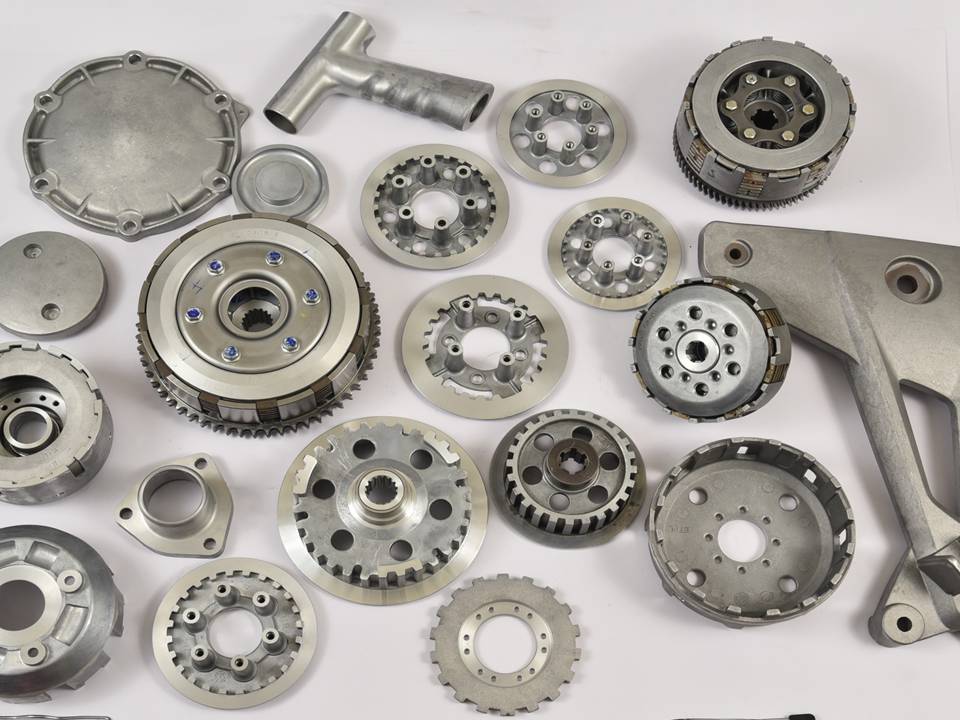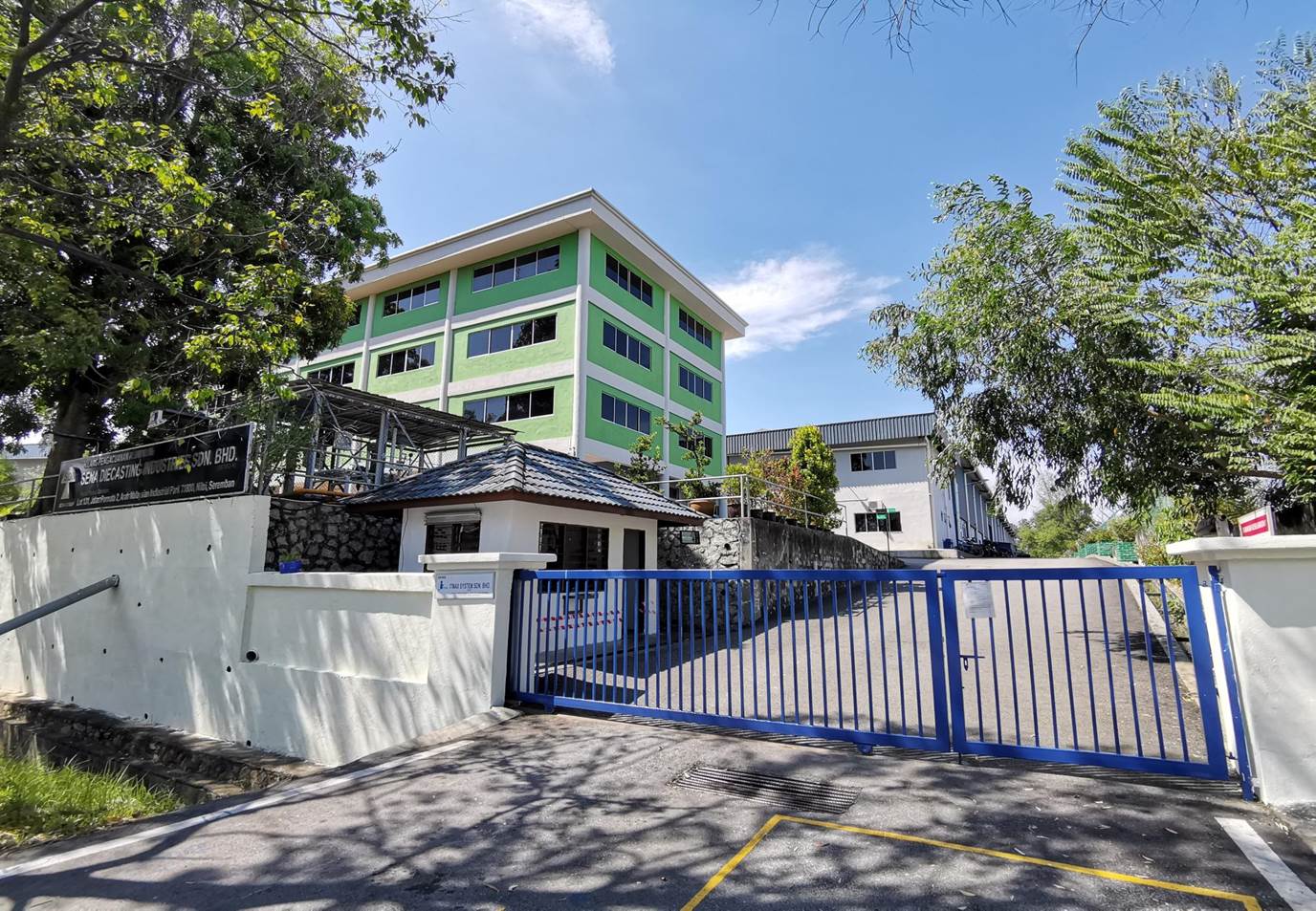Understanding Diecasting: The Course of and Its Applications
Understanding Diecasting: The Course of and Its Applications
Blog Article
Diecasting is an extremely specialized manufacturing process that transforms hot metal into precisely-defined components through the use of high-pressure molds. This technique has become indispensable across numerous industries, including electronics, aerospace, automotive and other consumer goods due to its capacity to create complex forms with incredible reliability and accuracy. Through the combination of principles from metallurgy with advanced engineering diecasting can provide unrivalled quality and efficacy, making it an integral part of modern manufacturing. This article delves into the intricate world of diecasting, studying its processes, benefits and potential applications.
In the center of diecasting is the mold, also known as a die, which has been meticulously designed from solid steel, which is hardened to resist the extreme conditions of the casting process. The layout of the die is crucial, as it is required to support the molten metal's flow and solidification while maintaining tight tolerances to ensure the highest level of precision. In the process of diecasting it is the case that metals like aluminum, zinc, magnesium as well as copper are heated until they get molten. The molten material is forced into the die cavity under pressure that is high, filling every crevice and crevice of the mold. The quick cooling and rapid solidification of the metal result in components that have outstanding dimensional precision as well as a smooth surface finish, often eliminating the need for additional manufacturing or finishing procedures.
One of the main benefits that diecasting has is its capability to produce parts with high precision in dimensional measurement and smooth surface finishes. Injections of high pressure guarantee that the molten metal conforms precisely to the mold, which results with parts that need only minimal machining or finishing. This precision is especially beneficial for producing complex geometries and thin-walled sections that would be difficult to create or not possible with other manufacturing methods. Diecasting also produces pieces with tight tolerances as well as high repeatability, which makes it the ideal choice for production in mass quantities. The effectiveness of this process can also result in cost savings since the high productivity rates cut down on labor and material waste.
Diecasting is widely used across many industries due to its versatility and range of materials that can be used. For automotive manufacturing, diecast parts are essential for the creation of parts such as engine blocks, transmission cases and structural pieces. Aerospace industry relies on diecasting to create lightweight components that are strong enough to withstand the demanding conditions of flying. In electronics for consumers, diecast components are used to construct housings and frames, providing durability and precision in devices. Diecasting's range of applications is evident in applications such as the medical, telecommunications, as well as power tools industry, demonstrating its broad use and significance. To get further information please head to www.senadiecasting.com.my/
The diecasting material used are crucial in determining the characteristics and efficiency of the final product. Aluminum is among the most popular materials used due to its excellent strength-to-weight ratio, its resistance to corrosion as well as its excellent electrical and thermal conductivity. Zinc alloys are also popular for their strength, ductility, as well as the capability to create components with fine details. Magnesium alloys have the benefit that they are the tiniest steel, which makes them perfect for use in areas in which weight reduction is essential. Copper alloys, although not as popular, are utilized because of their outstanding electrical conductivity as well as their resistance to corrosion. The choice of material depends upon the specifications of the use, including physical properties, physical conditions in the environment, and also cost aspects.
Diecasting is an essential manufacturing process that brings together the highest level of precision, efficacy as well as versatility. Its capacity to manufacture complicated, high-end components that have excellent mechanical properties makes it indispensable in many sectors. Diecasting's effectiveness for mass production, together with its cost and material benefits, underscores its value for modern manufacturing. Since the need for high-quality and dependable components continues increase, diecasting will continue to be a key technology driving innovations and supporting the manufacturing of high-end products that can meet requirements of the market. With its constant research and development, diecasting exemplifies the combination of engineering expertise as well as manufacturing experience, strengthening its position in the future of manufacturing.